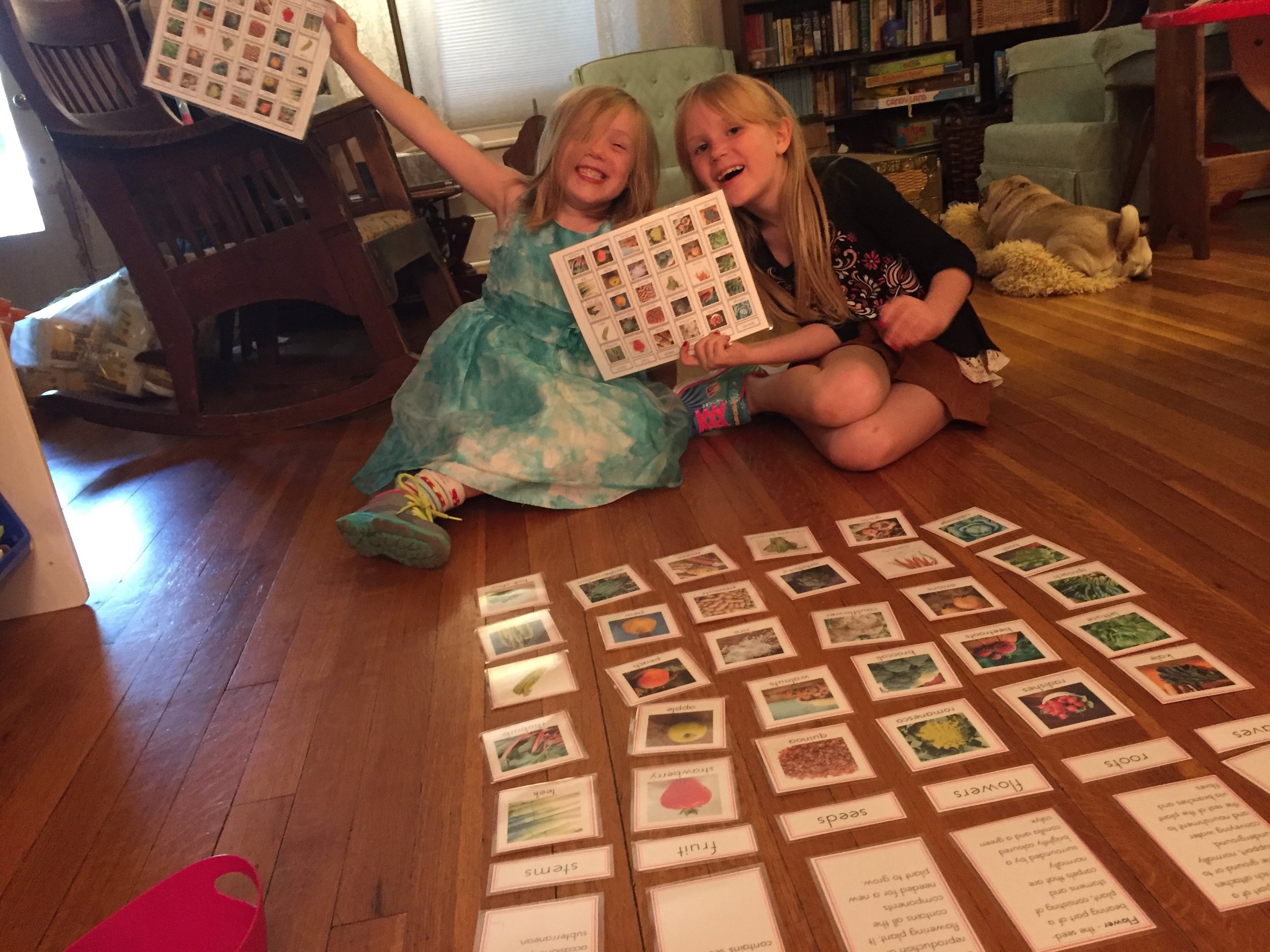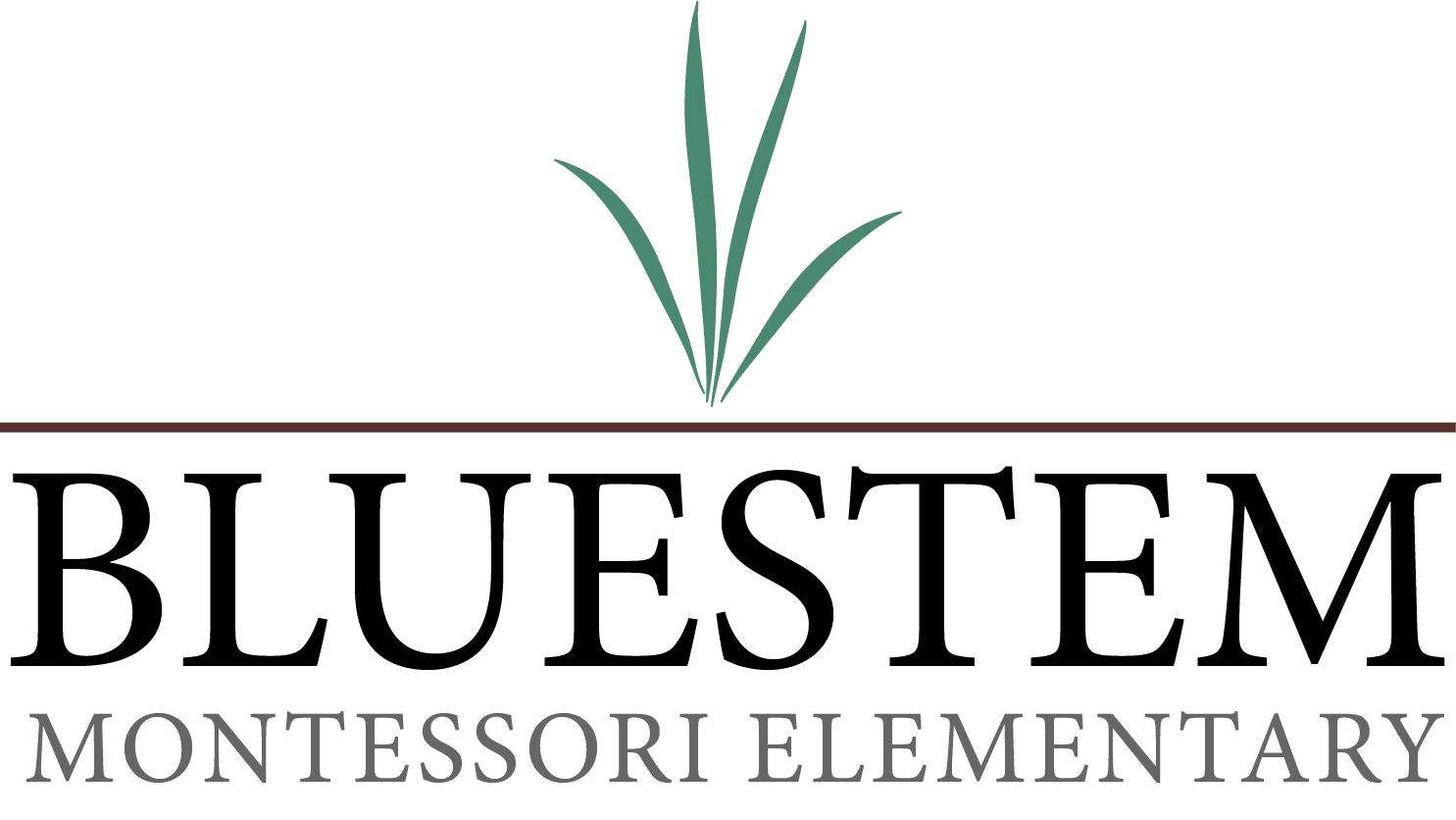Materials Spotlight: Classification Cards
Once a month, I’d like to shine a spotlight on Montessori curriculum and materials. Montessori materials are so different from what we normally see in our classrooms. Now, full disclaimer: I am not a certified teacher. I am founding this school as a parent of kids who went through Montessori preschool, as someone who went through 2 years of Montessori elementary myself, and as a layperson who is really, really interested in educational theory and pedagogy and who truly believes that Montessori is the best way to educate most children. I've taught university courses, but I have not had Montessori training, so I am learning about the pedagogy of the materials as I go. (Don’t worry - we will be hiring a Montessori-certified Lead Teacher in the next few months, and an Assistant after that. I’m just the director).
I was all set, this month, to write a blog post about Montessori’s Cosmic Curriculum, which is super fascinating (more to come on that in a future post). And then we had our booth at Streets Alive! Lincoln on Sunday. We wanted to have an activity there for the children - something that would mesh with the Streets Alive! goals of learning about healthy living and that would show off our neat-o Montessori way of teaching. I printed out some classification cards about the parts of plants we eat and set them up for the children to use. Truth be told, I was a little worried that it wouldn’t hold their attention, or that it would be too easy for elementary age kids.
Boy, was I wrong. I spent four hours on Sunday watching the Montessori method at work, and it was amazing. Here’s how the cards work: the child lays out the categories along the top.
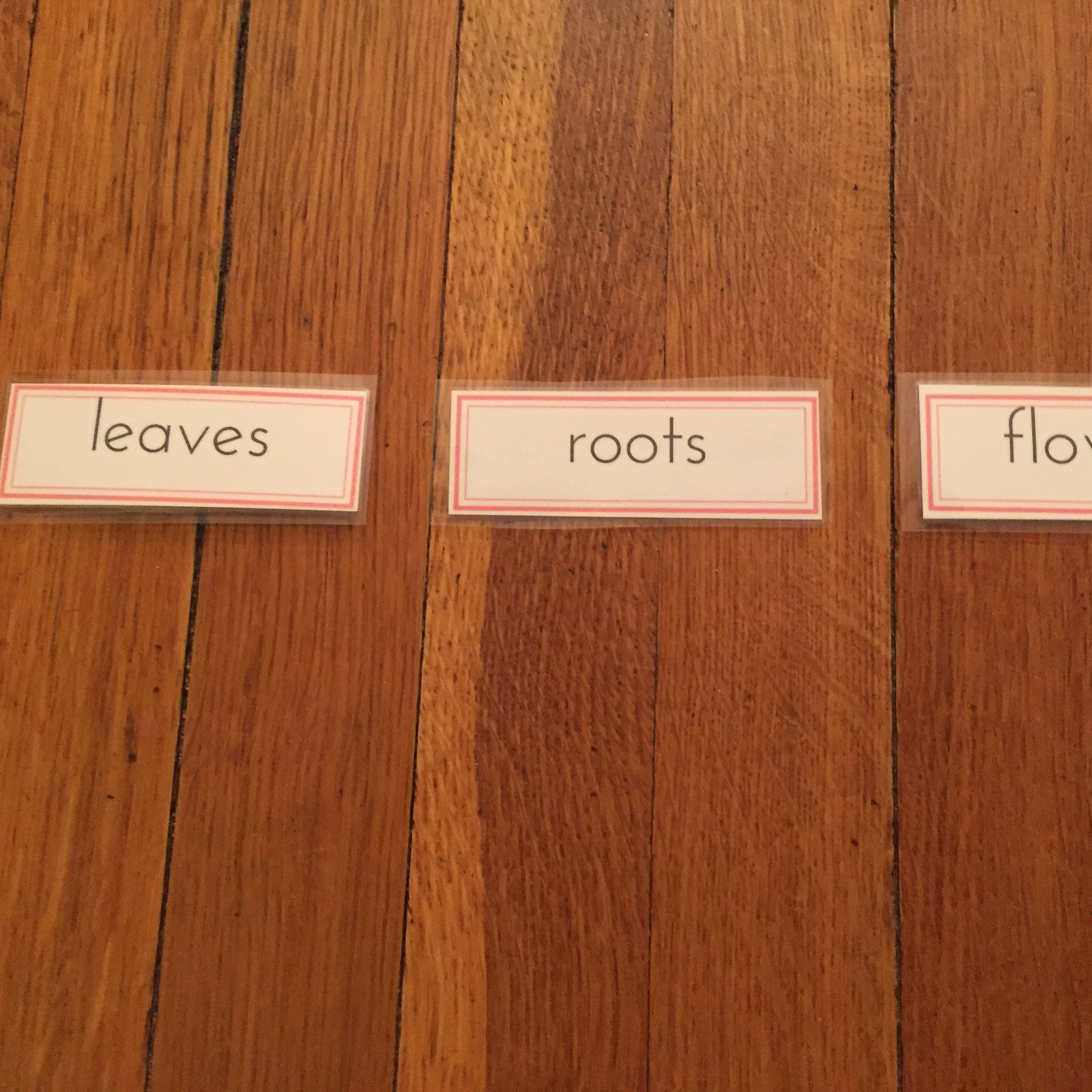
Then she takes the cards and places each one underneath the correct category.
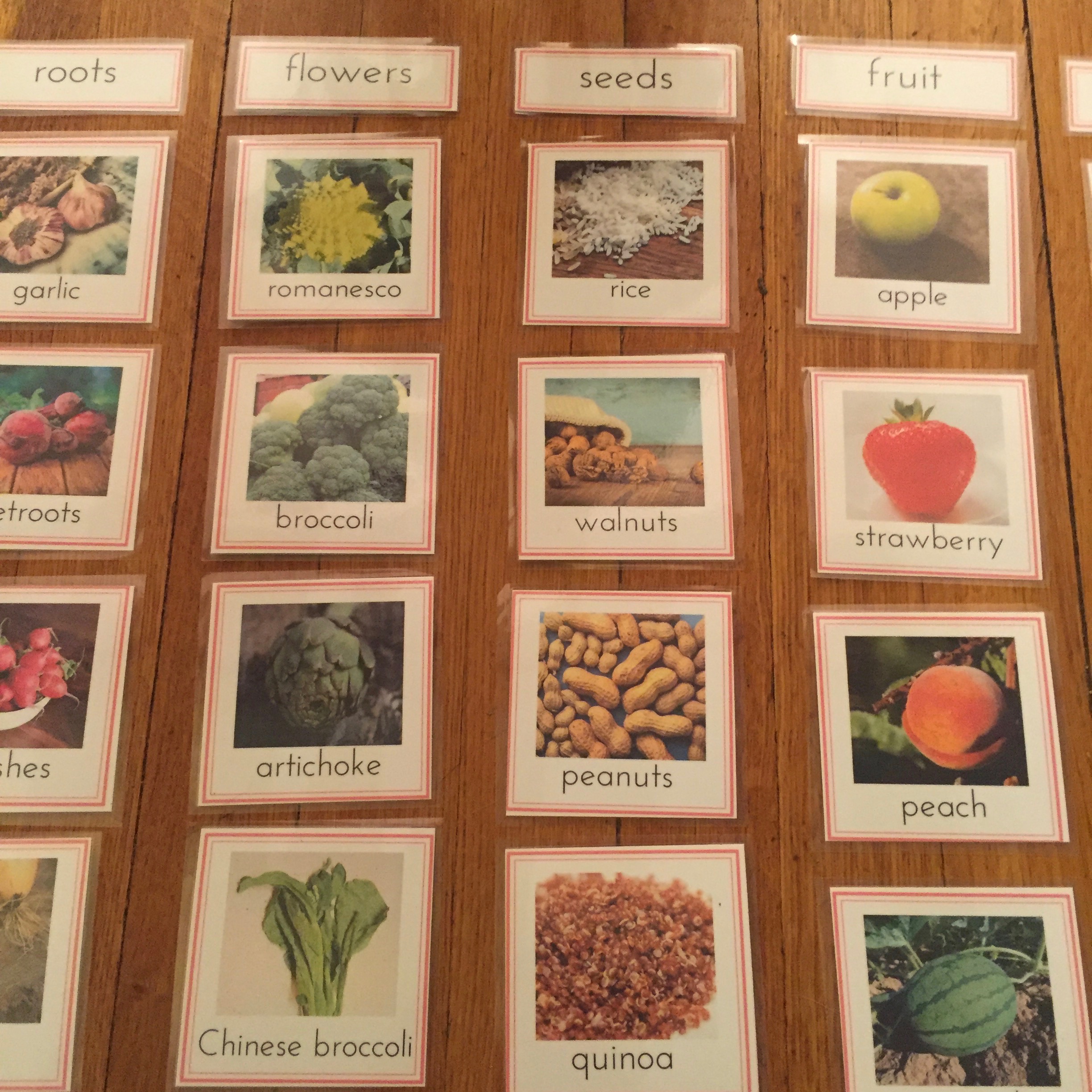
Once she is finished classifying the foods, she can check her work on the control sheet.
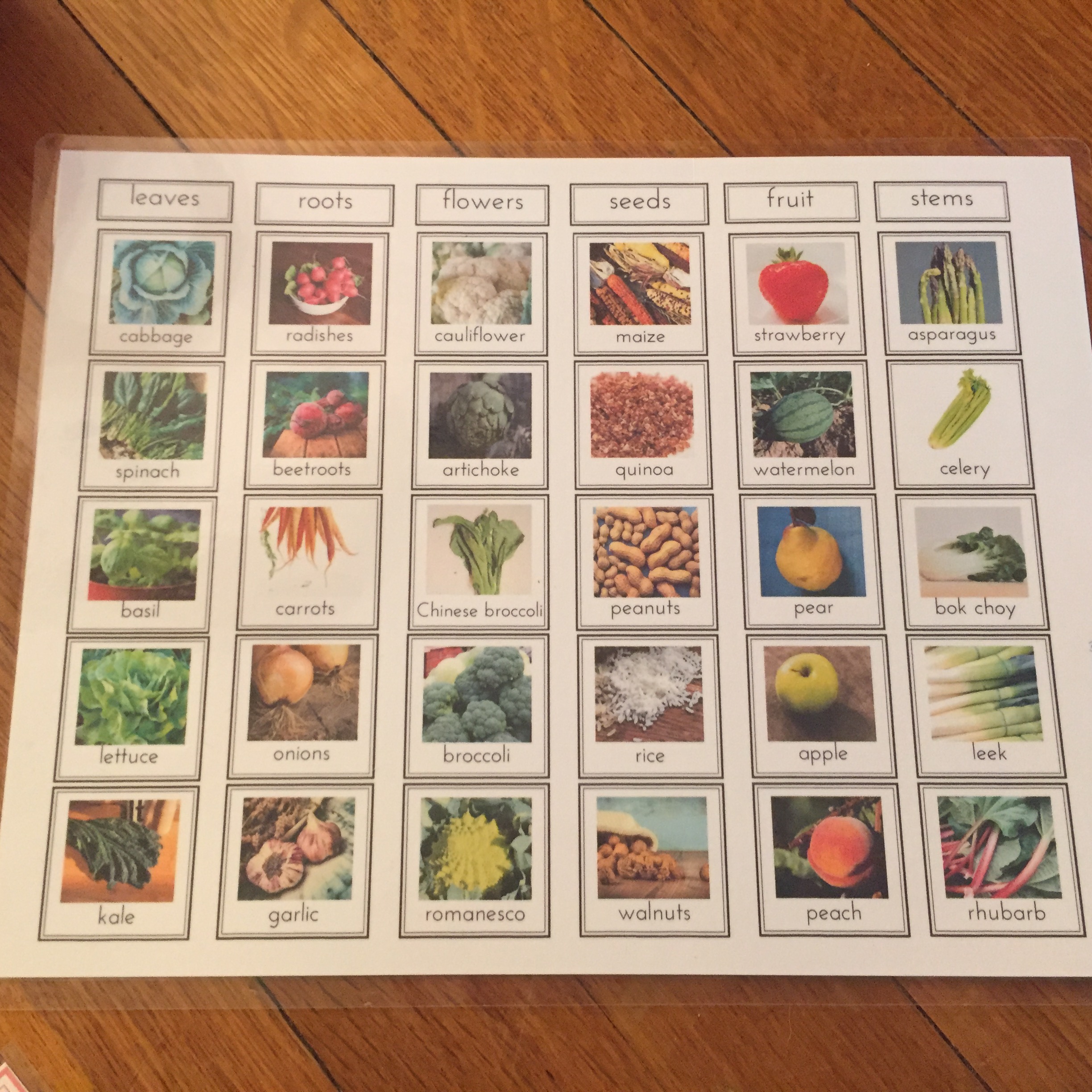
The cards also have description card with them - so she can see the characteristics of each category, and be able to place even unfamiliar foods in the correct place.
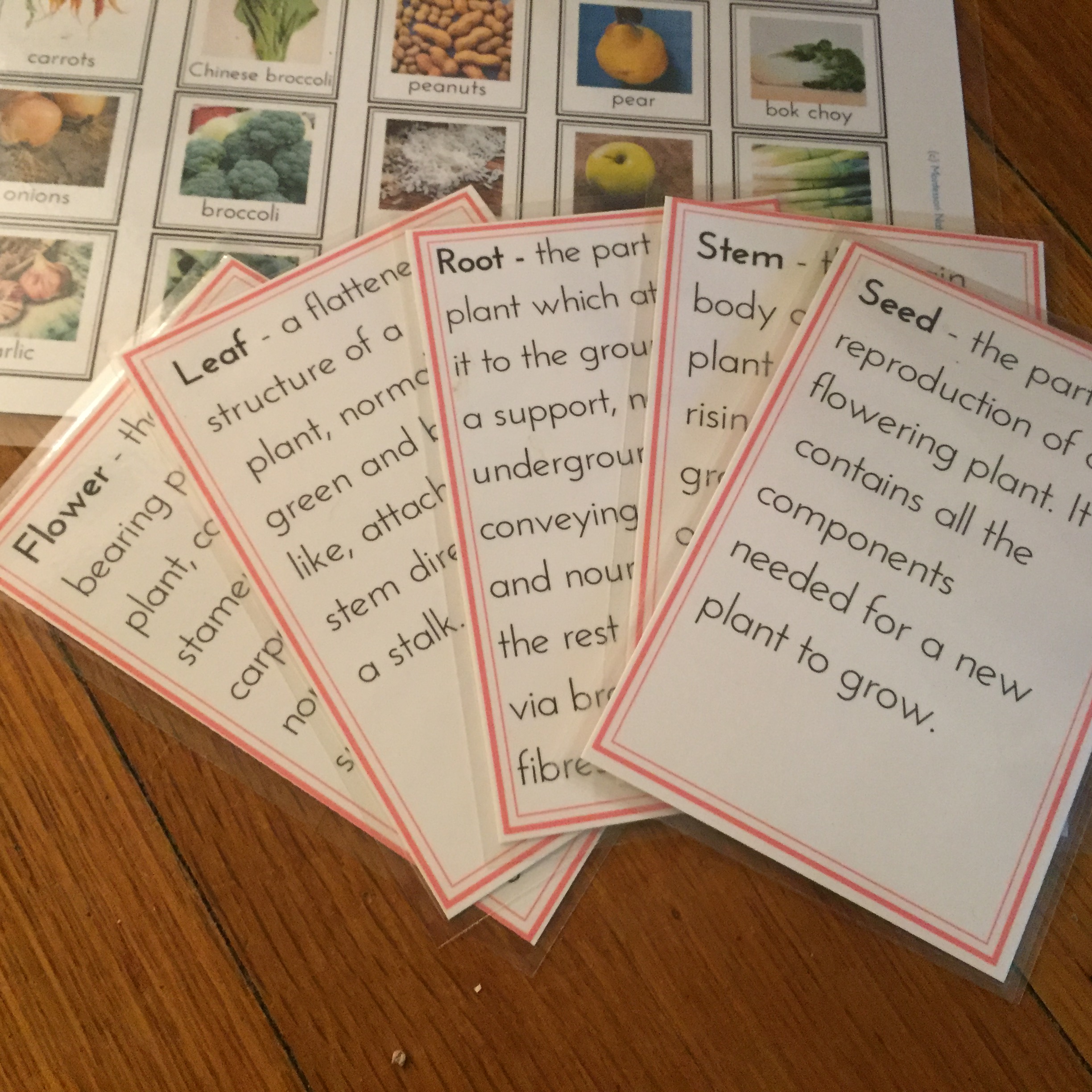
The kids at Streets Alive! were enthralled. I watched kids work in groups of their friends and siblings, discussing where each food should go and why. I watched kids work on their own, carefully thinking through each card or exclaiming when they knew right where one should go. I watched kids discuss the categories with the adults around - volunteers and parents. Most of the children spent a good 10-15 minutes on this, and they were absorbed the entire time - trying to figure out what went where and why. When they were done and took the control sheet, they carefully fixed their categories - moving cards to the right place. This is after a very brief lesson from one of our volunteers, with the distractions of a street festival all around!
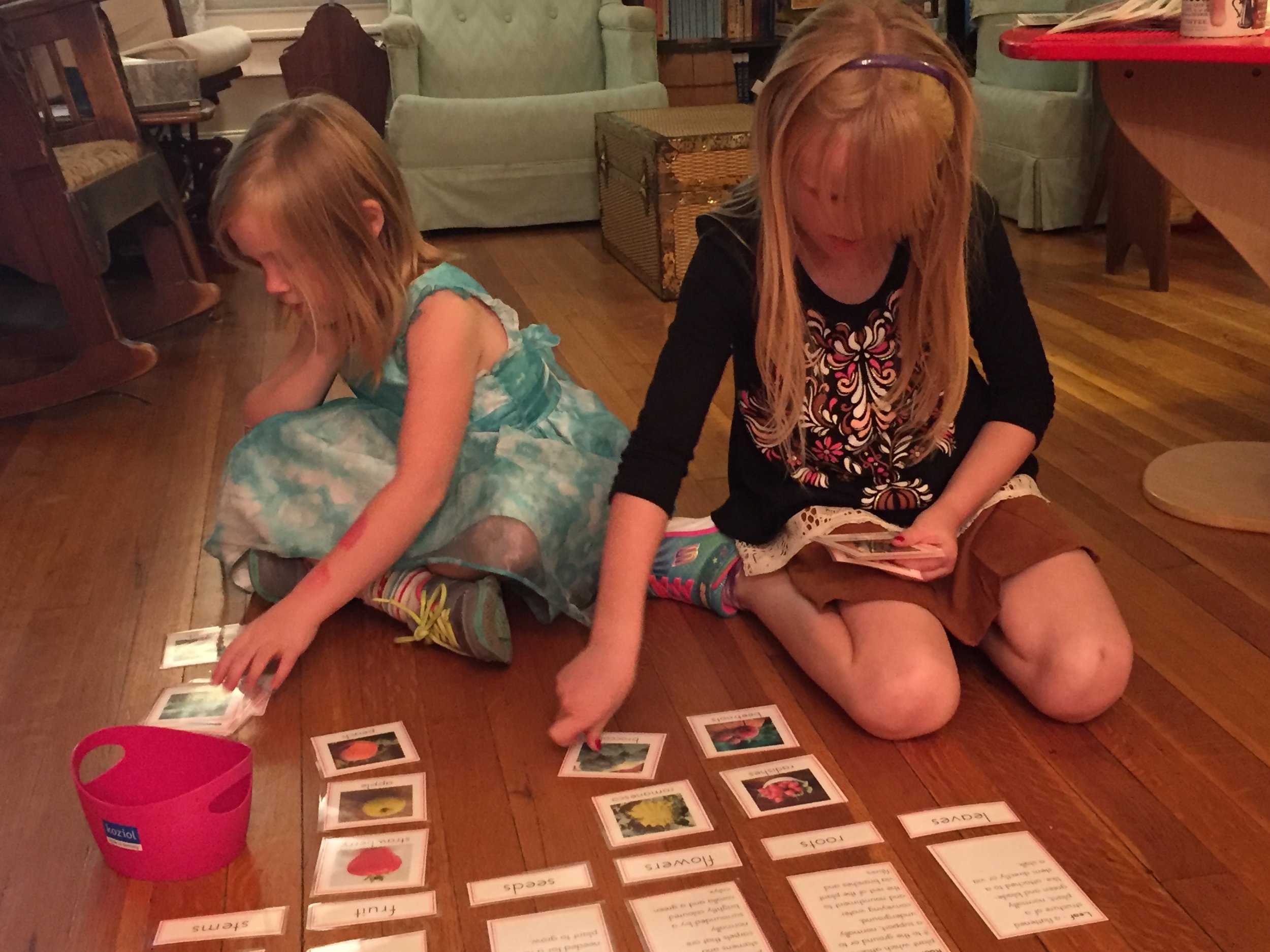
There are two things to note about this activity. First, it was really striking to see how naturally it came to the children. Elementary kids are so interested in classification - they love figuring out how the larger world fits together and where things belong in that world. Indeed, Maria Montessori said that one of the key features of children ages 6-12 is that they are turning their attention outward. Where preschoolers are engrossed with learning about themselves, elementary kids want to learn about others. Where preschoolers are generally happy to work on their own or simply next to another child, elementary kids are drawn to group work. It makes sense, then, that an activity that relies on this natural interest in categorizing is so engrossing to the elementary-aged child.
Second, it was wonderful to watch the independence that this material encourages. With these cards, after the teacher shows the child how to work with the material, no adult help is needed. The child works alone or with a small group, and checks his own work using the control chart. There is no reliance on an outside source to say whether the child is right or wrong - the child can do this entirely by himself, as often as he wants to, until he has it mastered. In fact, adult help can even be a hindrance - at our booth, I watched many parents jump in after the sorting was done. They were clearly ready to go and told the kids something along the lines of “you got it mostly right except this - let’s go”. But the kids reached for the control sheet and their impulse was to use it themselves and fix it on their own. When parents did let their kids correct their own work, the kids continued to be engaged and interested. When parents pushed to leave or jumped in to make a child hurry up, it would usually break the child’s concentration and they would leave, even if they had been absorbed before. It has never been more clear to me that sometimes we - grownups, parents, teachers - can stand in the way of a child’s education. The child was busy learning, and the grownups were ready to jump in and ‘help’ or speed things up, completely unnecessarily.
There are so many things for which we can use classification cards. Biological taxonomy is, of course, taught this way. Geography, geology, world cultures - really anything can be turned into classification cards. And classification cards open the door to so many other questions! From parts of the plant we eat, it is natural to move to the botanical study of plant parts and purposes, or cooking, or gardening, or even world cultures (who eats what, and why?) The child is really free to explore her interests, all from one starting point. This interconnectedness, and the individual organic development of the direction of curriculum, is what Montessori is all about.
My own children - ages 8 and 5 - loved doing this activity and would like me to print them more categorization cards, please.
